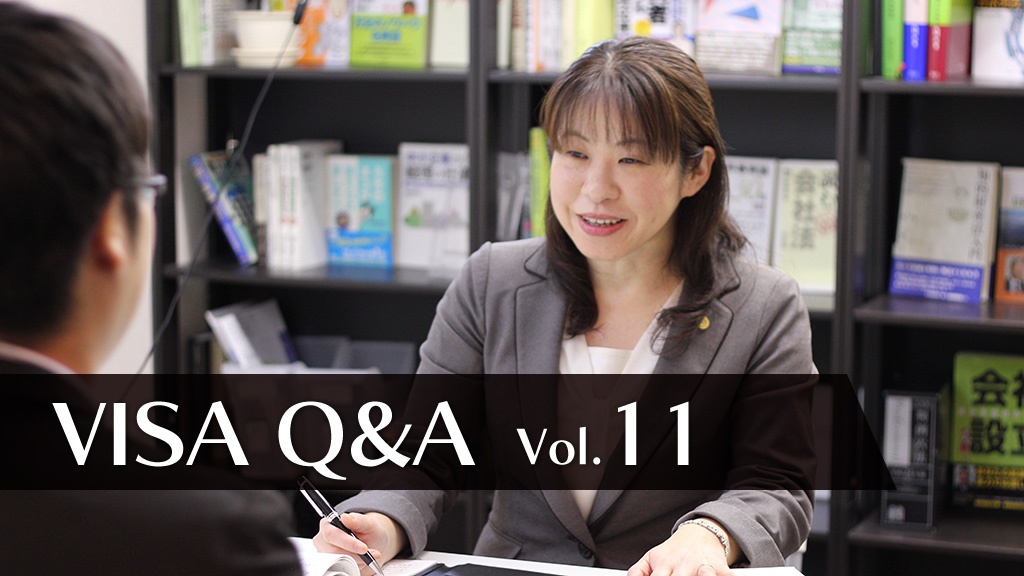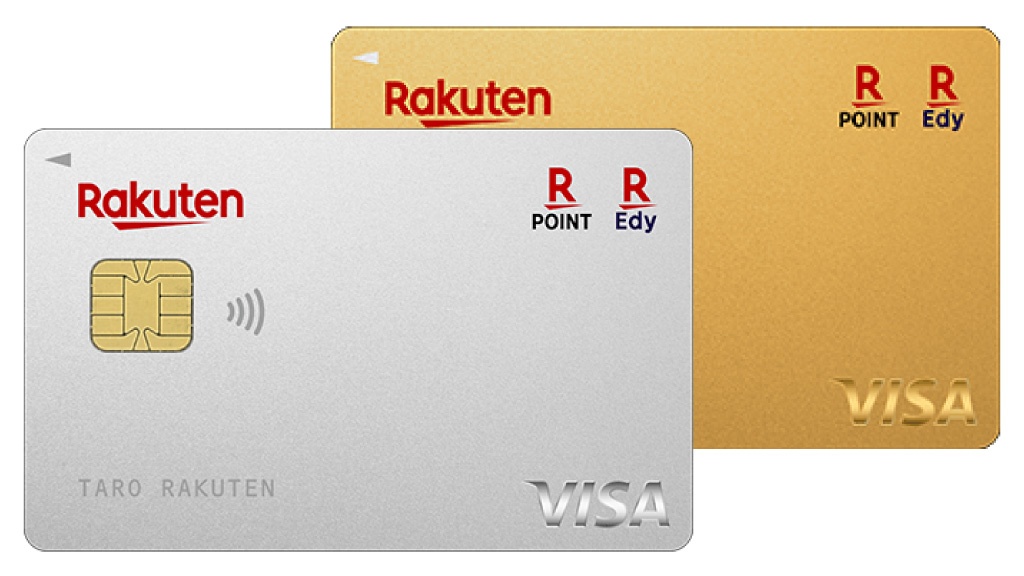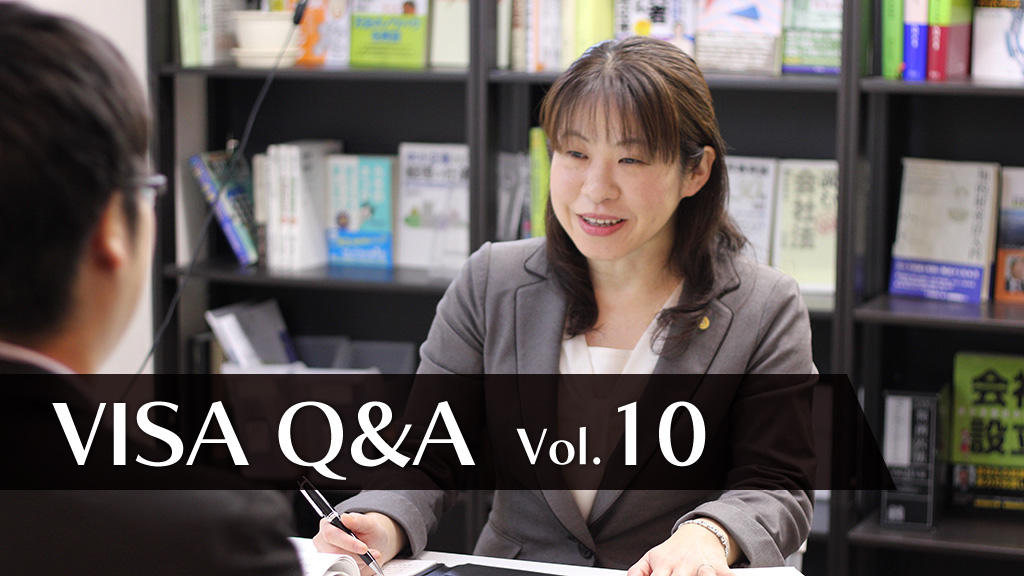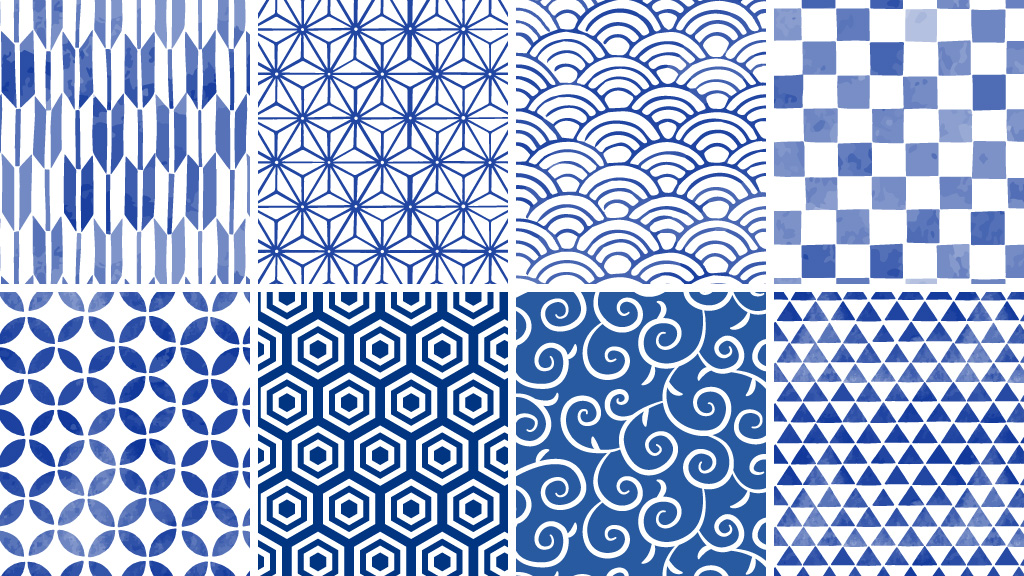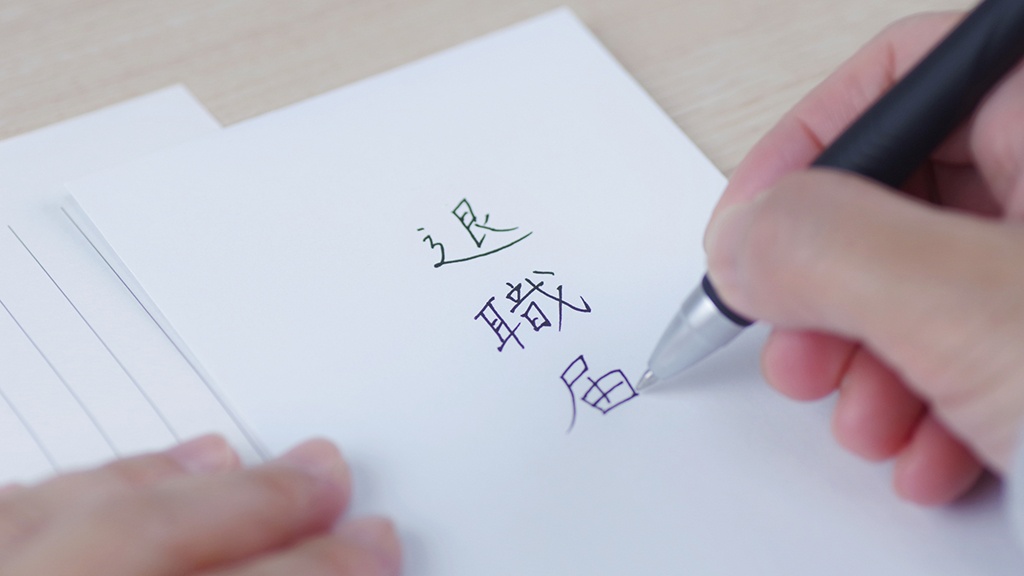How to Order, Eat, and Return Soba Deliveries
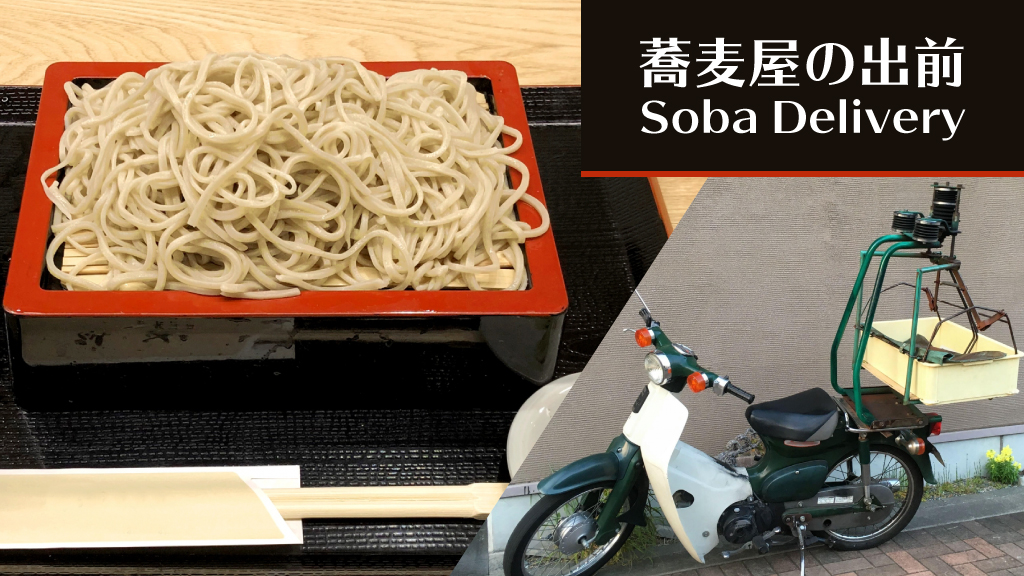
This post is also available in 日本語
Soba (buckwheat noodles) are a traditional Japanese noodle dish. They are served at a wide range of restaurants, such as restaurants where they are prepared traditionally from buckwheat flour, to fast food-type eateries where they use pre-cooked noodles to provide you with your meal in a short period of time. There are also restaurants that will deliver the soba to your home. On this occasion, I would like to introduce you to soba restaurant delivery services.
Contents
What is soba?
This is a noodle dish made from soba flour (buckwheat flour: flour ground from the buckwheat’s seed). Generally, it is made from a blend of soba flour and common flour, and blends with at least 30% of soba flour included are referred to as soba. With a blend of 80% buckwheat flour and 20% common flour it is referred to as “Nihachi Soba”, and soba made with only buckwheat flour is referred to “Juwari Soba” or “Towari Soba”. The texture and taste also differ depending on the ratio of buckwheat. There are also differences based on the type of buckwheat flour. (Read this is conjunction with the “Difference between Japanese food ‘Soba’ and ‘Udon’“)
Method of ordering
If you are in the delivery area of stores that offer such services, they will deliver the soba to you. You can contact the soba restaurant directly by telephone or order from a website or app, such as Demae-kan or Uber Eats. Please note that there may be a minimum order.
For most menu items in a soba restaurant, you can order either hot or cold soba. There are also restaurants where you can choose udon to eat with the same ingredients. When ordering, in addition to saying that menu name, you should also specify “hot or cold” and “soba or udon”.
How to eat the soba when it is delivered
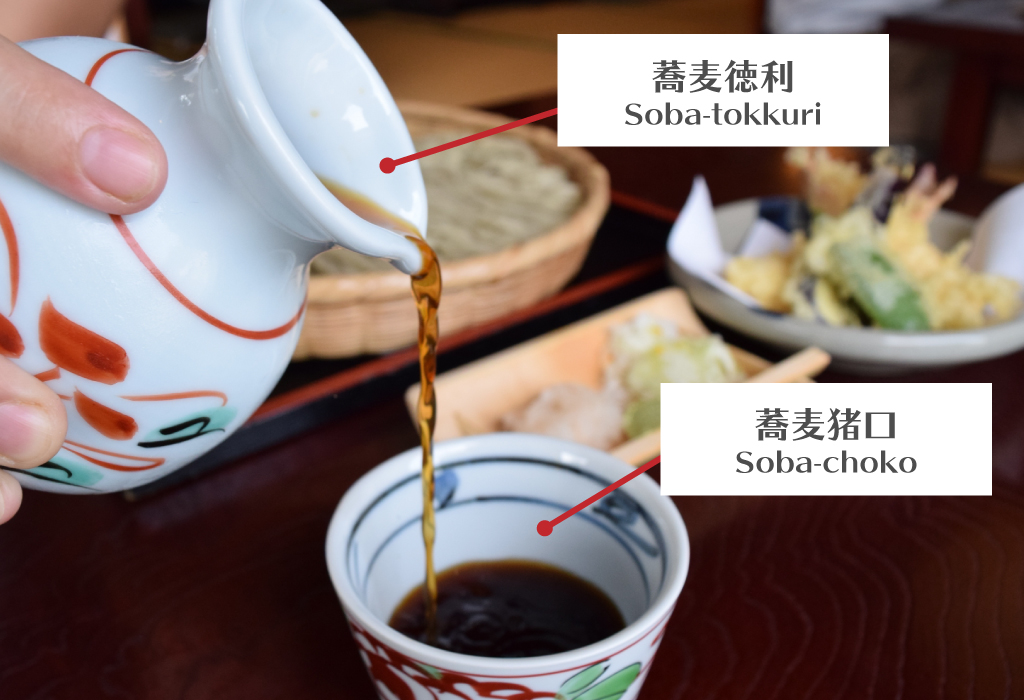
If you order cold soba, it sometimes comes with “Soba-tokkuri” (bottle) or “Soba-choko” (cup). With “Soba-tokkuri” some dipping sauce will come with it. The dipping sauce in “Soba-tokkuri” is placed in a “Soba-choko”, and you eat the soba while dipping it in the sauce. In case there is a “Soba-tokkuri” or “Soba-choko”, you should not put the dipping sauce directly in the container full of soba.
How to return the dishes
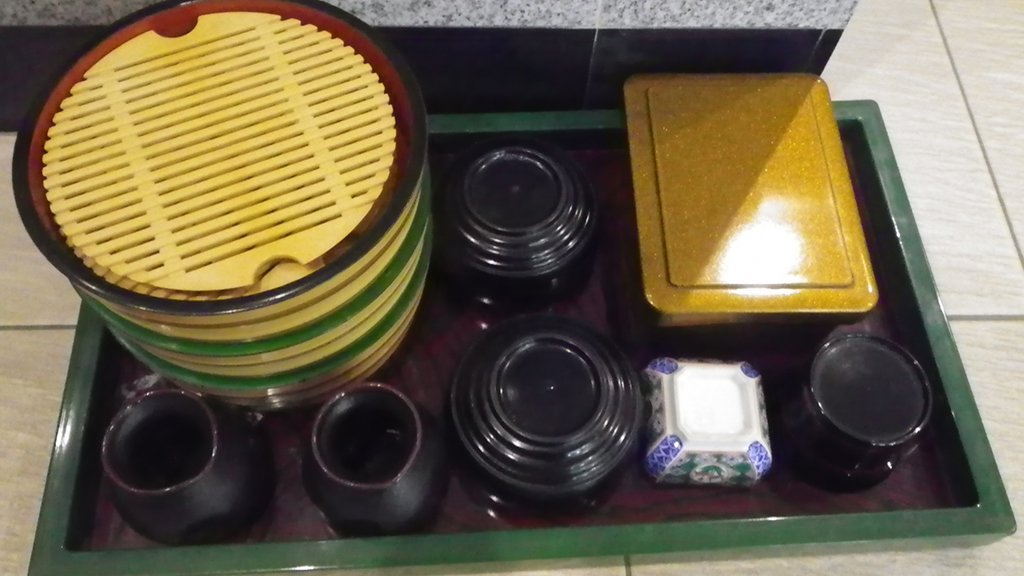
The soba may come in a disposable container or in a normal container. In case it arrives in a normal container, after gently washing the dishes, you can place them in front of your door in a place that is easy to find. Several days later, the shop will come around to collect them. In case of auto-lock doors, they will come to your entrance, or you can place them in the specified collection place in a condominium.
How to choose from the menu (types of soba)
The menu differs greatly depending on the restaurant, but I will introduce you to the classic menu items.
Basic menu
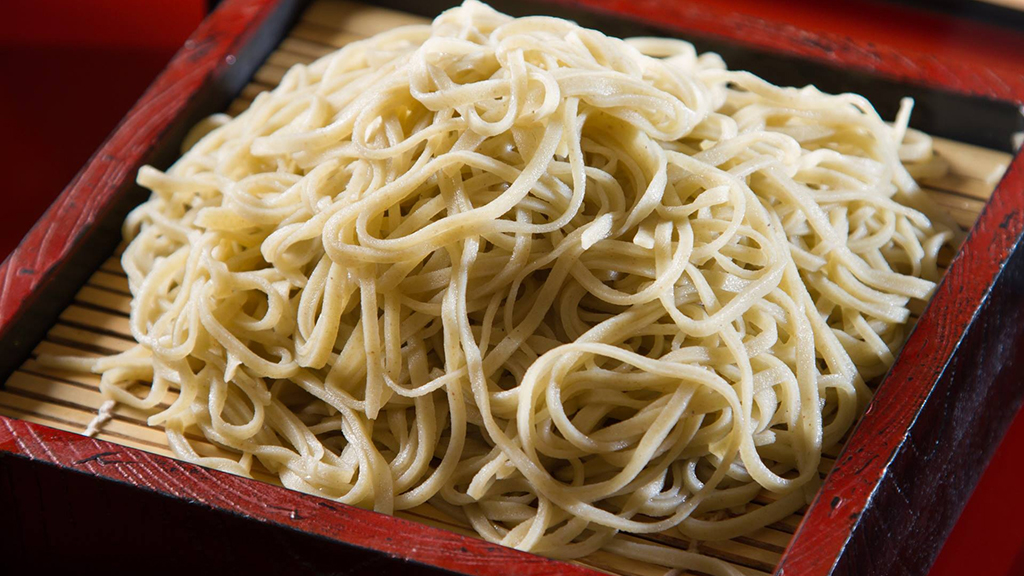
“Kake-soba” is soba placed in a “Donburi” (Japanese bowl: deep and thick bowl), with dipping sauce poured over it. “Mori-soba”, on the other hand, involves dipping cold soba into a “Soba-choko”. “Mori-soba” placed into a colander is referred to as “Zaru-soba”, and when it is in a “seiro” (steaming basket), it is referred to as “Seiro soba”. There are differences other than in containers depending on the restaurant. “Zaru-soba” and “Seiro-soba” tend to be more expensive than “Mori-soba”. There are also difference in whether spices and condiments are added, and what type of sauce is used.
Menu items with other ingredients
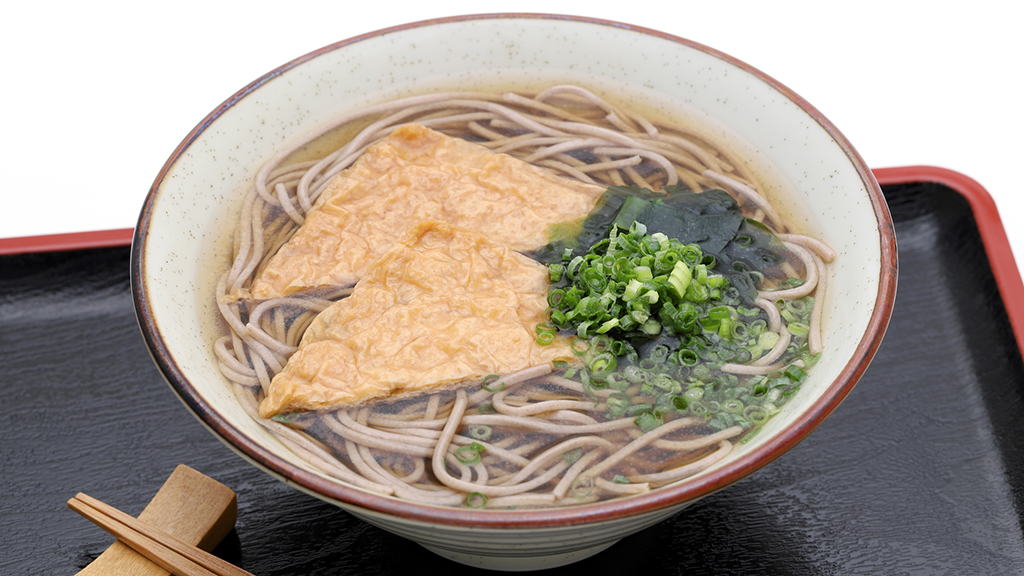
Generally, the names of soba menu items use the names of the ingredients. There are some distinctive naming methods, but many are the same in udon restaurants, so you should try to remember them.
- Kitsune: Sweet boiled “Abura-age” (fried soybean curd)
- Tanuki: Tenkasu/Agedama (Tempura bits)
- Ten: Tempura
- Tororo: Grated yams
When raw duck or chicken eggs are present, these can be mixed in with the “tororo”. - Tsukimi: Raw egg
- Chikara: Mochi (rice cake)
- Nanban: Japanese leek
There are also “Kamo-nanban” with duck meat added, “Tori-nanban” with chicken added, and “Curry nanban” with curry added. - Oroshi: Grated giant radish
Other menu items
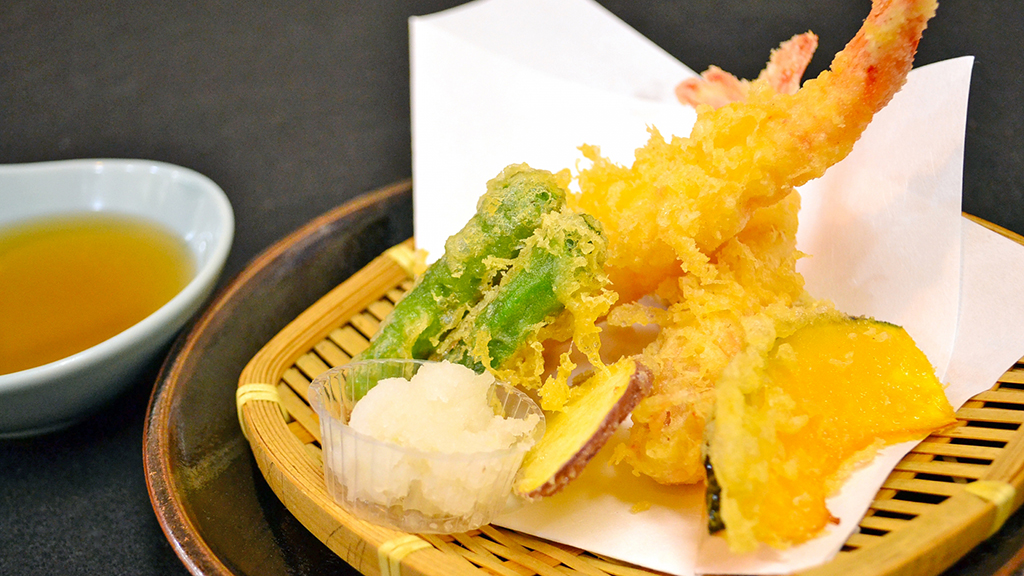
- Single items: Tempura or “tororo” etc.
- Donburi (Rice): Tendon or Katsudon, or curry with rice etc.
- Itawasa: This is a dish in which “Kamaboko” (dried fish paste) is thinly cut, and eat with wasabi and soy sauce
- Dengaku: This is a dish in which Konjac is pierced with a skewer, boiled, and eaten with miso paste
- What are “Wagara (traditional Japanese patterns)”? Meaning and Prayers Accompanying the Main Japanese Patterns
- Types of Sushi and Its History
- Easily Explained. What is “Furusato Nozei”?
- Katakana words, what do they mean? “Icons, remote controls, computers…”
- [2021 | Tokyo] Four Japanese language schools recommended





